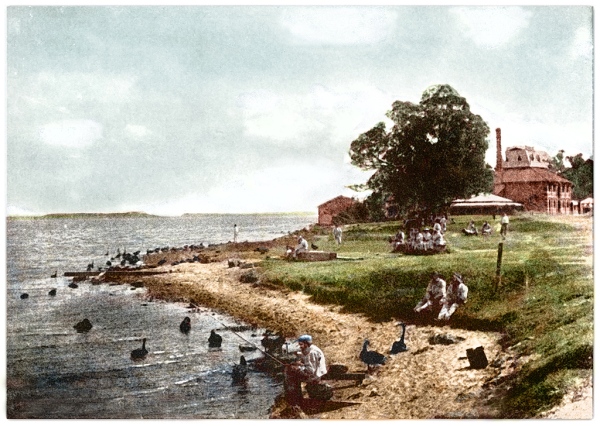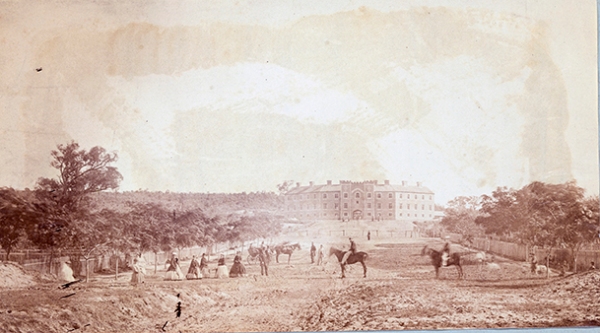Sally’s Fremantle Memoirs
Sarah Agnes (Sally) Hundt (nee Mocken), provided by her daughter Robyn.

I was born on a bright summer’s morning according to my mother’s autograph book, July 19th, 1921. Ten pounds in weight and named Sarah Agnes. According to Mum, she told Dad to name me Hazel Rosemary but Dad, who till the day he died I’d never seen affected by liquor, got drunk with his shipmates on the way to the birth registry, couldn’t remember Mum’s names so named me after his eldest sister and his mother. I was always and still to this day, called Sally.
My Grandmother lived on the corner of Nairn & Market Street and we lived in a cottage on Collie Street, no. 22, now an estate agency.
In those days, 1921-1941, all around Collie, Nairn, Essex and Marine Parade (Terrace), there was a polyglot of nationalities; Italians, Yugoslavs, Portuguese, Germans, English, no Asians – white Australian policy was enforced then I believe. There was a Japanese laundry in Bannister Street and two Chinese fruit & vegetable shops in South Terrace though.
An Italian family, named Vinci, lived in 20 Collie Street and when they moved the Gumina’s came to live there. In 23, a Greek family named Anastas lived, in 26, another Italian family, the Rottendellas – red headed or as the Italians say titian headed. No. 26 is now a restaurant.
Next door to my Gran in Market Street was a wonderful Italian lady, Mamma Migliore. Mamma had seven sons and always yearned for a daughter. When she eventually had a daughter after 17 years the daughter was stillborn and Mamma died. Tony, one of her sons, was a very dear friend of mine till he died a couple of years ago. He was born a month after me and we always kept in touch through the years.
Mamma spoilt me rotten. Always, when I came down to Gran’s from Boulder, inviting me into dinner where huge servings of spaghetti was put in front of me and much pinching of the cheeks and ‘mia bellos!’ was the order of the day.
Continue reading


 It took 7 years for the first known ‘Daguerreotype Artist’ to visit Western Australia, when Robert Hall visited Perth, staying for a few days at Mrs Leeder’s Hotel. He charged 1 Guinea for a photo with a frame or £1/ 5s for a photo in a pressed tin, ‘Morocco’ casket, thus restricting his patronage to only the most wealthy colonialists. Unfortunately none of his captures have survived.
It took 7 years for the first known ‘Daguerreotype Artist’ to visit Western Australia, when Robert Hall visited Perth, staying for a few days at Mrs Leeder’s Hotel. He charged 1 Guinea for a photo with a frame or £1/ 5s for a photo in a pressed tin, ‘Morocco’ casket, thus restricting his patronage to only the most wealthy colonialists. Unfortunately none of his captures have survived.


 The Darwin Air Raid
The Darwin Air Raid



